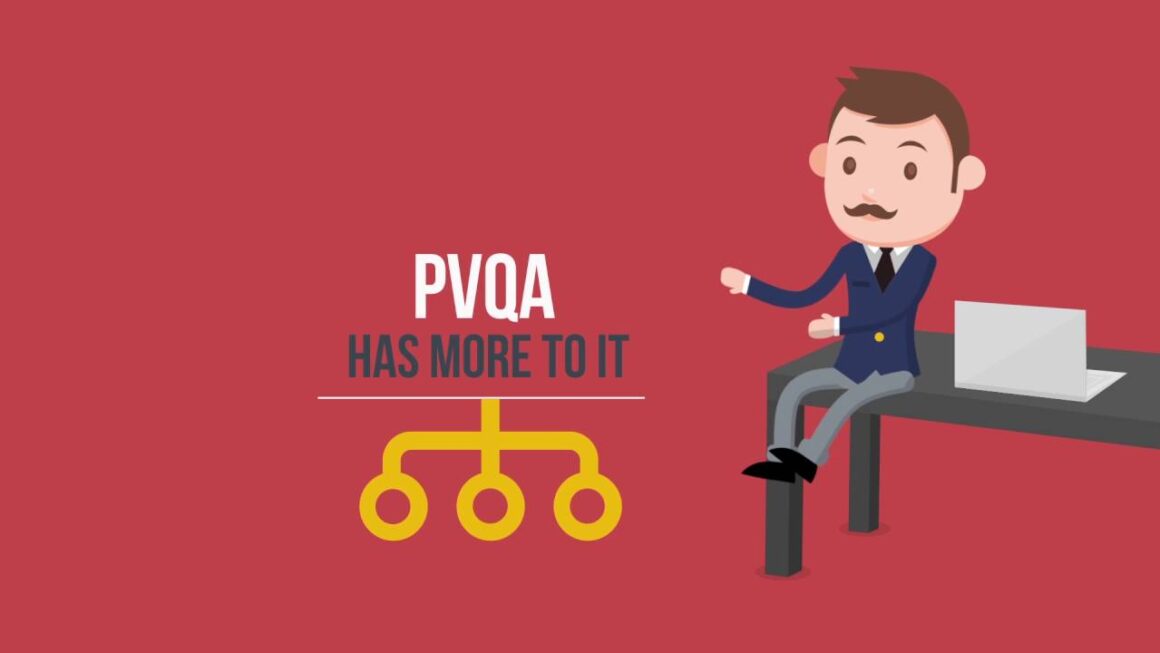Responsive website design is an au courant phrase that is extensively used for website development. Since 2016, over 79% of online searches are done with smartphones, and an inadequate website will risk missing out on a vast chunk of potential visitors.
Think about it. While browsing a place for a vacation home, you find a website. But once you open it, the texts or the images are so poor that you cannot comprehend anything. What would you do? Maybe refresh it one more time, and if the same thing happens, hit the back button. Your impression of the business will be unfavourable, and you won’t be going back there anytime soon.
This is the reason why businesses focus so much on a responsive website. Over 80% of the users are likely to visit a company’s website before making a purchasing decision.
What does responsive website design mean?
A responsive website indicates the flexibility of the layout and its content so that it matches the viewer’s screen size. It scales the images in a way to fit within the screen space and prevents your viewers from zooming in/out to read the content.
Earlier, a separate website was designed for smartphones and tablets. A responsive website removes the need for that. It allows your viewers to have a pleasant browsing experience.
The key goal of a responsive website is to eliminate unnecessary resizing, zooming, scrolling, panning, and sliding.
Why is a responsive website needed?
From a technical standpoint, a responsive website is all about getting the right percentage of content on each screen. Web design experts assign proportions and dimensions of various elements of the web page- images, columns, texts, using special tools. These allotted proportions for each device get automatically adjusted to fit the size of the viewer’s screen.
Courtesy: Direct Line Development
The benefits of choosing a responsive website are:
Better Search Engine Ranking
In early 2015, Google announced that the mobile-friendliness of websites would be a ranking factor in its search engine. Therefore, progressive businesses with a responsive website will get more traffic. Bigger brands are making their website e-commerce responsive for better SEO.
Statista Business Data Platform in 2019 announced that “mobile devices (excluding tablets) generated 48.91% of global website traffic, consistently hovering around the 50% mark since the beginning of 2017.”
Cost efficiency
Designing separate websites and maintaining them constantly can get very expensive for businesses. By investing in a responsive design from the very start, you eliminate future costs and save money.
Better user experience
Nowadays, customers everywhere have become very cautious. Online customers want to have a smooth experience while browsing a website. Thus being professional is essential for both offline and online businesses. Without proper user experience, you are leaving out more than half of potential customers. If your website is tough to navigate and are forced to work to get all the information, they won’t stay long.
Convenient and easy to manage
Hiring a designer for every aspect and update of the website can be challenging. With one website, marketing and management are much easier. When you need to update the website, a quick fix is enough for a responsive site. Also, with many versions of a website, developers will need numerous conversion funnels, redirect links, paths to keep track of the website analytics. With a single responsive website, everything can be sorted into a single data.
Social media engagement is an important form of brand promotion. With multiple social media channels and multiple versions of a website, can you imagine the confusion it will create for sharing and customer engagement?
Responsive websites have social media buttons embedded in them, making it easier to share on smaller screens. Social media is a great way to generate quality leads and increase conversion rates. With a responsive site, it becomes easier to engage with audiences.
Risk of duplicate content
With two or more versions of a single website, duplicate content will be created. This can result in low traffic as Google will get confused regarding the relevance of the content. To avoid that, you will need to have different versions of content and other elements for the website, adding cost and time. On the other hand, a responsive website will remove the risk of duplicate content for a single website.
Its time to embrace a responsive design for your website
A responsive customised website will benefit you in the long run by saving cost and a better conversion rate. Responsive web design is not a trend- it is an integral part of web strategy that ultimately benefits further marketing strategies for your business. If you want to invest in a custom web design and create an efficient, responsive website, contact KOL Limited.




